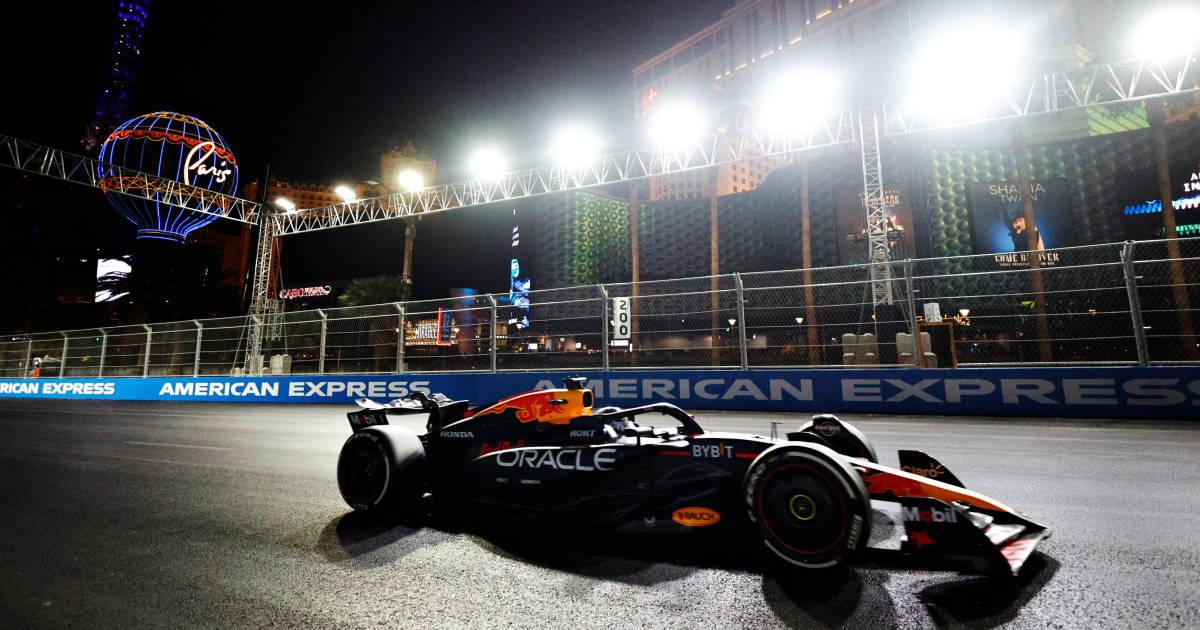World
NASA prepares to send Dune ‘thopter to another world

Article content
With the grounding of the Martian helicopter Ingenuity this year after 72 flights on the red planet, Earth is once again the only body in the solar system featuring air traffic. But that will change in a few years with the arrival on Saturn’s moon Titan of Dragonfly, a eight-blade rotorcraft (or octocopter) that will zoom above Titan’s hydrocarbon sand dunes like a small drone.
Article content
And unlike Ingenuity, which looked like a toaster or perhaps a novelty lamp, Dragonfly is a much cooler looking beast. In fact, you could be forgiven for thinking the designers were working from the same specs as Denis Villeneuve in his Dune movies. The Dragonfly, about the size of a Mini Cooper (or if you prefer a Mars rover), bears a striking resemblance to the “omnithopters” of the science-fiction classic.
Article content
This month, NASA confirmed Dragonfly had received its budget request for 2025, meaning the $3.3-billion mission is on track for a launch date of July 2028. After that, the immense distance to Saturn means it will be six years in deep space before touching down on Titan in 2034.
“Dragonfly is a spectacular science mission with broad community interest, and we are excited to take the next steps on this mission,” said Nicky Fox, associate administrator, Science Mission Directorate at NASA Headquarters in Washington. “Exploring Titan will push the boundaries of what we can do with rotorcraft outside of Earth.”
Recommended from Editorial
Article content
Though not yet built, the Dragonfly looks in artists’ conceptions much like the ‘thopters of the Dune saga — and in another nice coincidence, it will be flying over a sandy, dune-strewn landscape devoid of water. But unlike the desert planet Arrakis (or Dune) in the novels and movies, Titan is far too cold for liquid water to exist. Average temperatures there are on the order of -180 degrees C, compared to a relatively balmy -60 on Mars and (I’m guessing) 40+ on Arrakis.
Helping Dragonfly to stay airborne is the fact that Titan — the second largest moon in the solar system after Jupiter’s Ganymede — is also the only natural satellite with a thick atmosphere. In fact, Titan’s atmosphere, composed of 95 per cent nitrogen and five per cent methane, is 60 per cent thicker than the air on Earth, exerting about the same pressure you’d feel swimming 15 metres underwater here.
The moon is also home to rivers and lakes of liquid methane and ethane, and it may even have an underground ocean of liquid water, although that would be many kilometres below the surface.
Dragonfly’s two-year mission will involve multiple flights to explore the chemistry and habitability of various surface sites. Its eight rotors, powered by a 70-Watt radioisotope thermoelectric generator, will allow it to fly at about 10 m/s at altitudes of up to 4,000 metres, covering 10 km on a single battery charge before landing to recharge. Since a day on Titan is 16 Earth days long, it will use time spent in darkness to fully recharge.
Article content
It will sample materials and analyze chemical components and processes at work to produce biologically relevant compounds; measure atmospheric conditions; identify methane reservoirs and determine flow rates; characterize geological features, seismic activity and subsurface structures; and search for water- or hydrocarbon-based chemical biosignatures.
It will also avoid sand worms. This is not a stated mission objective, but one assumes that any space mission would want to do as much, on Titan or anywhere else.
Our website is the place for the latest breaking news, exclusive scoops, longreads and provocative commentary. Please bookmark nationalpost.com and sign up for our newsletters here.
Share this article in your social network











